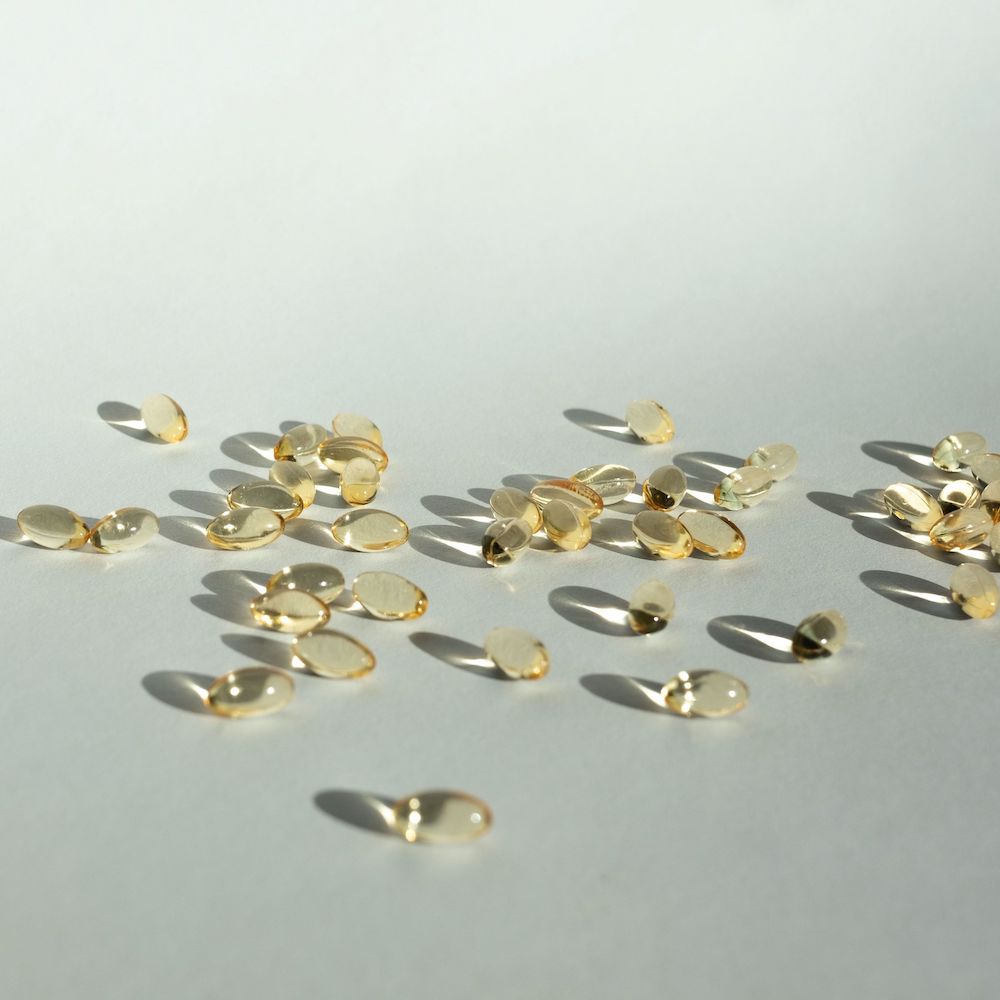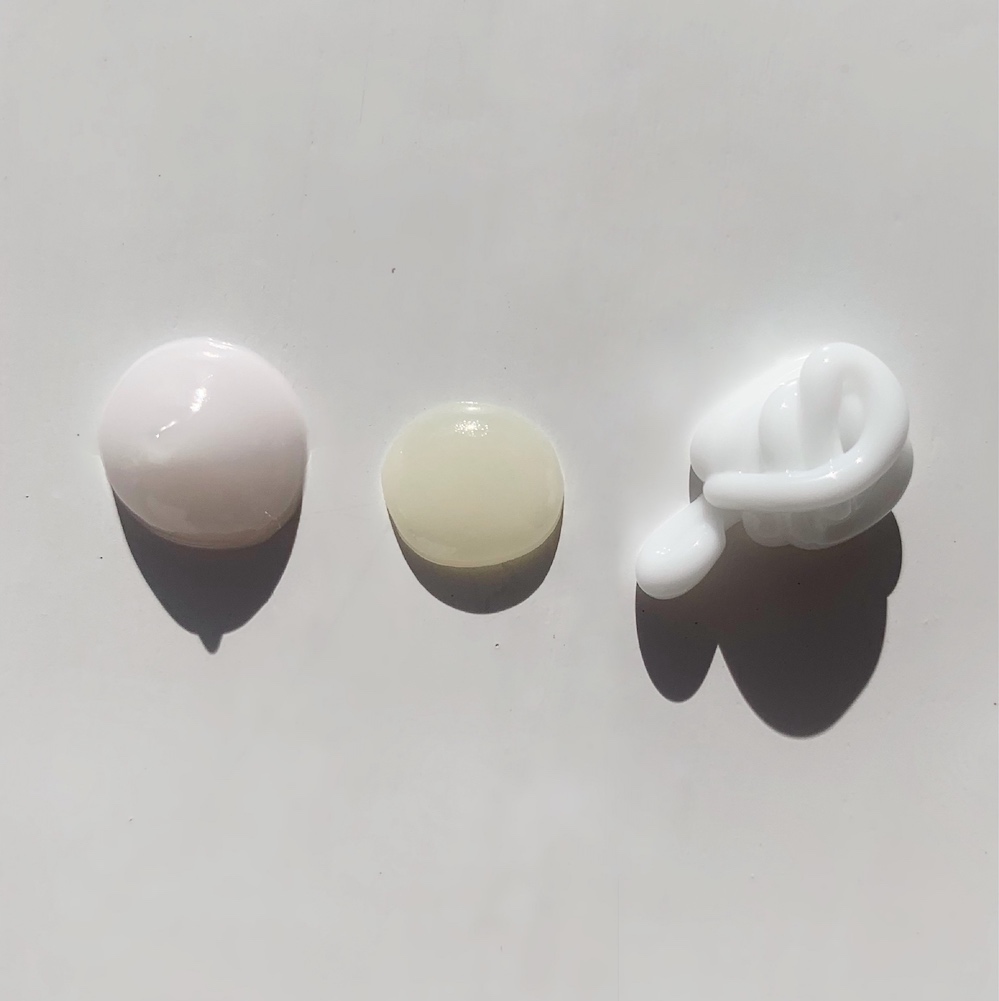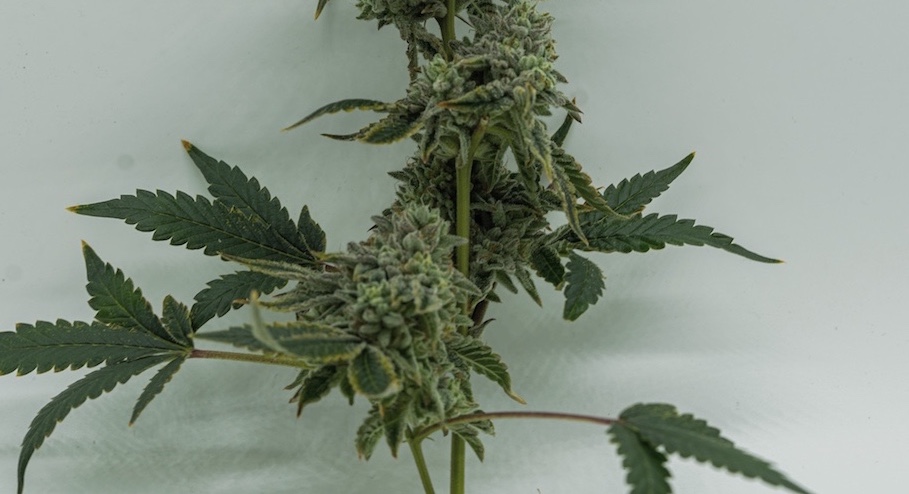HOW TO TAKE YOUR CBD?
ARE YOU PLANNING ON STARTING A CBD-BASED TREATMENT? UNDERSTANDING HOW CANNABIDIOL IS ABSORBED TO YOUR BODY CAN HELP YOU PICK THE OPTIMAL TREATMENT FOR YOUR CONDITION. TO BEGIN WITH, YOU NEED TO UNDERSTAND WHAT IS BIOAVAILABILITY.
BIOAVAILABILITY
Bioavailability is the fraction of an administered drug that reaches the systemic circulation. Topical, intranasal and oral cannabidiol products, all have different percentage of bioavailability, which can influence their functionality and makes them more or less optimal to use, depending on product type. In order to choose the right product for yourself, you need to consider what condition or symptoms you are aiming to treat and what other drugs are you currently taking.
ORAL CBD PRODUCTS
When cannabidiol is taken orally, it needs to pass through your digestive system. In this process, it’s bioavailability is greatly reduced due to the first pass effect, whereby the concentration of the CBD is reduced as it enters the liver.
The exact fraction of CBD’s oral bioavailability for humans has not been specified yet. Most recent studies show a range of 13-19% (1) while other studies find that oral bioavailability is approximately 6% (2).
Potential Oral CBD Drug Interactions
Additionally, since during the digestion process CBD enters the liver, oral products can potentially have more drug interactions, compared to topical products, which you should keep in mind if you take any other type of oral medication.

CBD & SKIN BARRIER
Sebaceous glands are located in the skin, which are responsible for the production of an oily and waxy substance known as sebum. This sebum contributes to the formation of the physicochemical barrier, which protects against microbe and other external irritants entering the body. Sebaceous glands misfunction can result in e.g. acne (if glands produce too much sebum) or atopic dermatitis (if glands do not produce enough sebum). CBD has been shown to have a modulatory effect on sebaceous glands, meaning that it can regulate the amount of sebum being produced. This modulatory ability, combined with its anti-bacterial and anti-fungal properties, makes it a promising substance in acne and atopic dermatitis treatment (1).

CBD & PAIN
Pain is an unpleasant feeling brought on by intense or damaging stimuli. Chronic inflammatory disease can lead to pain, which can make day to day life of patients unbearable. Cannabidiol has been shown to have an analgesic effect (4), and since it helps to reduce the inflammation and ease the itch, it can lead to a long-term relief from the pain of the lesions. Moreover, cannabinoids may be especially effective in inhibiting chronic pain in comparison to the acute pain.

SUMMARY
Your choice of CBD product should be based on the nature of the condition or symptoms you are aiming to address. Additionally, we recommend you consider what other treatments are you undergoing at the moment, in order to minimize potential drug interactions.
Finally, remember that CBD can impact your entire endocannabinoid system, helping your body to restore and maintain homeostatic balance. This process requires patience, thus no matter which forms of application you choose, we recommend regular and consistent usage.
If you are curious about the endocannabinoid system, read more here.
References:
1. Giacoppo, S., Galuppo, M., Pollastro, F., Grassi, G., Bramanti, P. & Mazzon, E. A new formulation of cannabidiol in cream shows therapeutic effects ina mouse model of experimental autoimmune encephalomyelitis.DARU, J. Pharm. Sci.23,1–17 (2015)
2. Paudel, K. S., Hammell, D. C., Agu, R. U., Valiveti, S. & Stinchcomb, A. L. Cannabidiol bioavailability after nasal and transdermal application: Effect ofpermeation enhancers.Drug Dev. Ind. Pharm.36,1088–1097 (2010)
3. Tóth, Kinga Fanni et al. “Cannabinoid Signaling in the Skin: Therapeutic Potential of the “C(ut)annabinoid” System.” Molecules (Basel, Switzerland) vol. 24,5 918. 6 Mar. 2019, doi:10.3390/molecules24050918
Reviewed by:
Lina Babickaite
M.Sc. Biomedical Science



